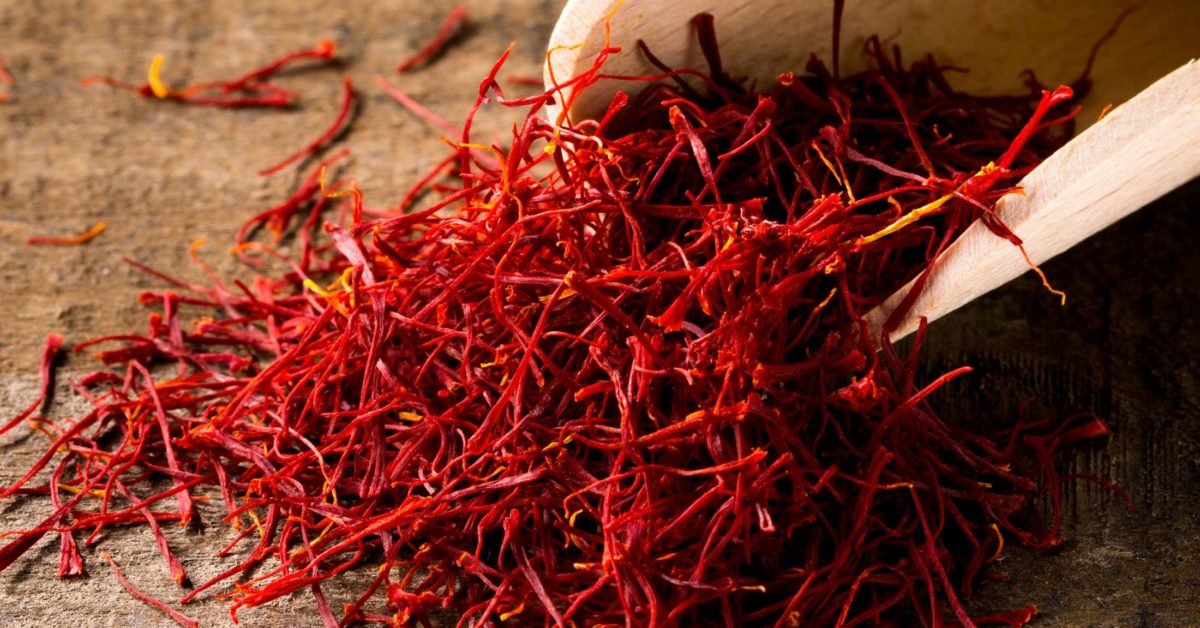Turkish Saffron in Safranbolu is amongst the 20 best-protected cities in the world, with its cultural heritage and historical monuments since the Ottoman era.
Safranbolu the Museum of the Open Air
The district of Safranbolu in Turkey is now one of the most prominent sites on the World Heritage List of the United Nations Educational, Scientific and Cultural Organization (UNESCO), in addition to its global fame in the cultivation and production of the saffron plant.
The informational activity in the city also led to the formation of a public opinion in Turkey about the need to include it within the historical reserves.
Safranbolu is known by several titles such as “the Museum of the Open Air” and “Capital of Protected Heritage”, and it receives annually more than a million local and foreign tourists.

Safranbolu evolution
The local administration of the city took its first steps to preserve the architectural values in Turkey in 1975.
As a result of the cooperation initiatives that have been taken, some work has been done to preserve the future of the architectural legacies that exist in the region. At that time, there was no organization concerned with civil architectural legacies in Turkey, and there was no sense of the cultural value of these legacies.
The members of the Municipality of Safranbolu unanimously approved the draft resolution issued in 1975, and this created a regulation to monitor the works that will be carried out to restore the civil architectural monuments.
If there had been no interest and appreciation in civil architecture in the region in 1975, the region would not have reached its current state.

The cultivation of saffron
The cultivation of saffron began in the Anatolia region about 3 thousand and 500 years ago, and it became famous during the Byzantine period in the western Anatolia region, and it gained great interest in the Ottoman era (1517-1867 AD).
Iran, Spain, India and Greece are famous for the production of saffron, and the district of “Safranbolu” is the capital of saffron in Turkey, which has turned over the past years to a tourist destination that attracts plant lovers in the world.
In Safranbolu, Turkey, about 21 farmers in 7 villages work in the field of saffron cultivation, on an area of about 40 acres, and its cultivation begins in August of each year, while flowers bloom for harvest between October and November of each Public.

Safranbolu and the new generation
The region has been famous throughout history for cultivating saffron, and that work in this field has witnessed a remarkable development during the last period.
During the past five years, saffron production in Turkey has witnessed a remarkable development, as it is used in a wide range of industries, most notably the paint sector, foodstuffs, cosmetics and medicines.
The municipality of Safranbolu adopts a program to enhance youth participation in the saffron cultivation sector in Turkey.

Saffron fields in Turkey and tourists attraction
Turkish Saffron in Safranbolu is the most expensive plant in the world, where the price of one kilogram reaches about 5.000 $ as it requires about 80 thousand healthy flowers to produce half a kilogram of it.
The saffron fields region have become a tourist destination for those who love to enjoy seeing the fragrant flower crop, which the world calls “miracle plants” due to its multiple use in the pharmaceutical, food, cosmetic and other industries.


